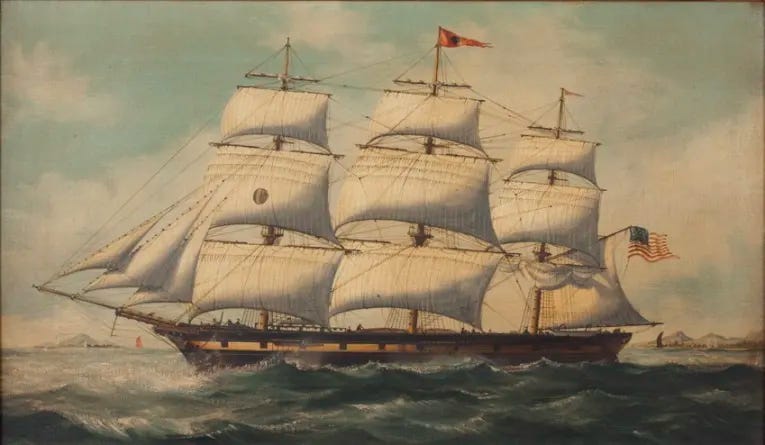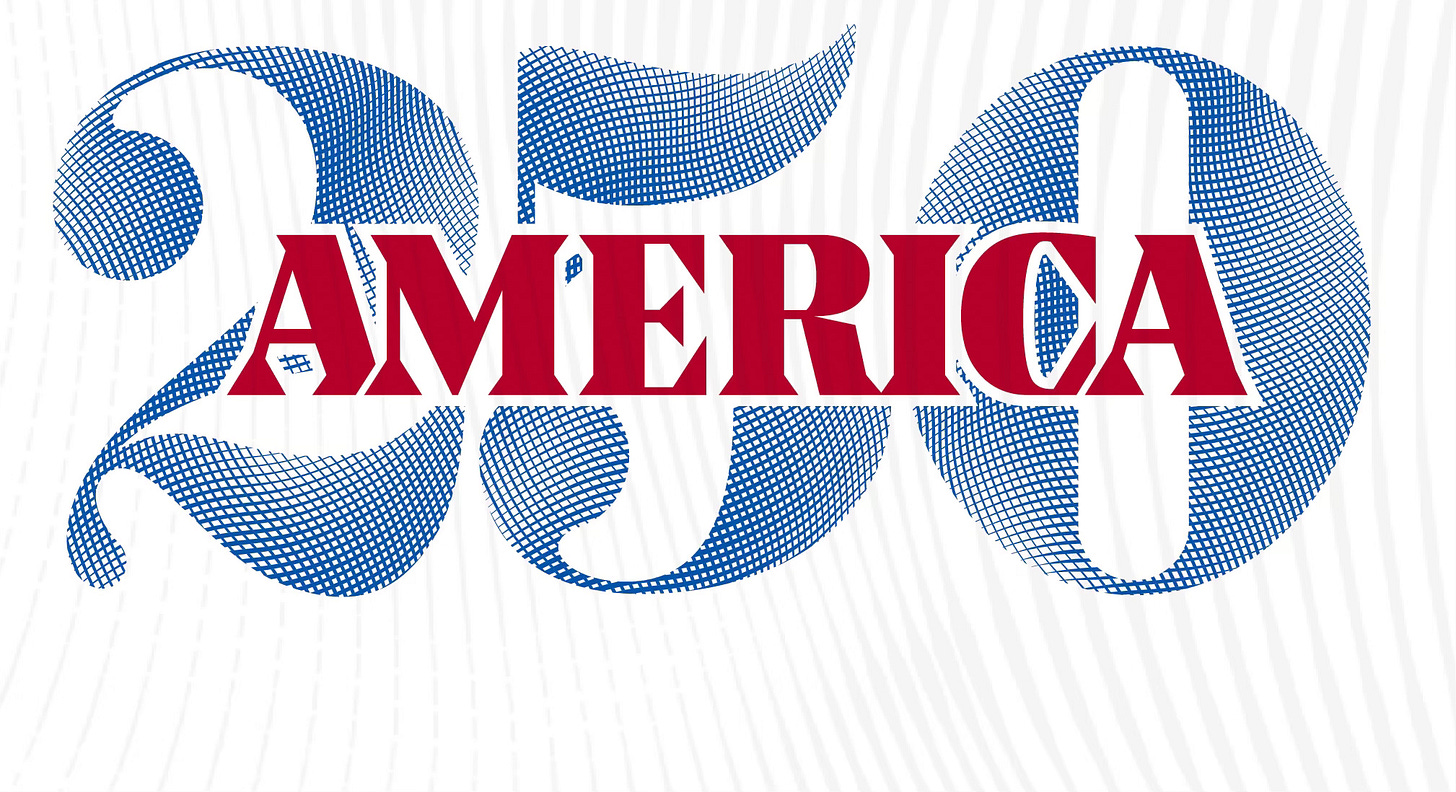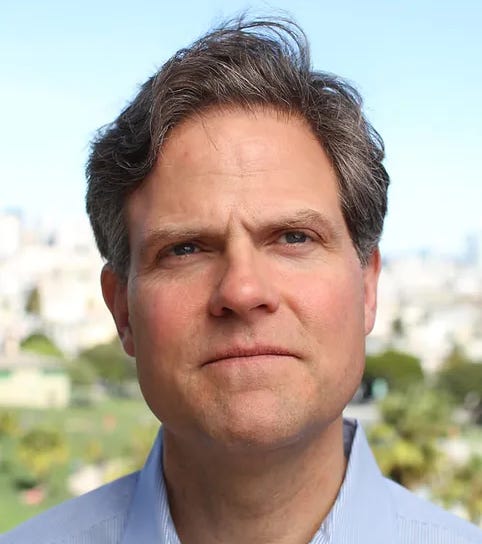Violence and the American Founding
Why history requires no reader warnings, content advisories, or disclaimers
The Story of the American Revolution
History must guide the reform and revival of our magnificent democracy
Last week I wrote about the ransacking and looting of Lieutenant Governor Thomas Hutchinson's home in Boston after the passage of the Stamp Act.
The piece, entitled “The Most Barbarous Outrage Which Was Ever Committed in America,” chronicles the destructive events of August 26, 1765.
But nowhere in the essay did I append a disclaimer denouncing violence or drawing a line between acceptable and unacceptable forms of protest.
A reader, who is a very good writer, by the way, was unsettled by my nonjudgmental approach to history. So he asked me what the heck was going on—why didn’t I take a stand against violence and intimation:
I don’t see a condemnation of violence in this article, especially mob violence aimed at the destruction of private property accompanied by imminent danger to personal safety . . . They are a mob intent on inflicting discomfort if not fear into the sanctuary of the home. And that is wrong. Why are you not taking a stand on where and how history teaches us to draw lines?
I am grateful for this critique because it inspires me to prepare ye the way of history—notably the history I’ll be recounting here on American Commonwealth in the coming year as we approach, first, the 250th anniversary of the Declaration of Independence and, after that, numerous other milestones marking the birth of the nation.
Consider this release of American Commonwealth to be my everlasting global disclaimer against violence. The truth is, if I could have my way, I’d establish an MLK center for liberty, justice, and nonviolent resistance in every neighborhood in the country.
The Grandeur of History
History is the greatest show on earth. It’s a moveable feast, a kaleidoscope of events never to be stilled and settled by a definitive account or a hundred expert witnesses.
The twin purposes of history are entertainment through story and understanding of human nature and human affairs.
History seeks to answer two questions. First, as seen from the sidelines, “What happened?” And second, turning inward, “Why?”
To function reliably in these realms, history must be recounted factually and objectively in the richness of its light and dark vicissitudes and complexities—without fear, without didactics, and, most assuredly, without disclaimers.
That’s why I won’t be sugarcoating the history of the American Revolution in the countdown to America 250. I’ll not be judging it, denouncing it, or advising you on how to process what you read here.
Instead, as the old saying goes, I’ll be telling it like it is. I will present the story of the Revolution, episode by episode, whether the next thing coming is polite tea and cake diplomacy at Versailles or a band of hatchet-bearing patriots hacking into tea crates in Boston Harbor pretending to be Mohawk warriors.
The twin purposes of history are entertainment through story and understanding of human nature and human affairs.
Bellwether of Liberty
My favorite form of protest, of course, is not protest by placard, and certainly not by axe, but by the almighty pen.
And that’s where we’re going next.
Have you ever heard of the “Penman of the Revolution”?
His name is John Dickinson. A Philadelphian, the 32-year-old lawyer disapproved vehemently of the mob violence in Boston. Instead he believed in the twin arts of collective action and collective manifesto.
Writing with an ink-tipped feather quill, Dickinson would soon author the “Declaration of Rights and Grievances,” a protest petition issued by the Stamp Act Congress in New York City in October 1765.
Dickinson also penned The Liberty Song, anthem of the Revolution, that opens with these gorgeous lines:
Come, join hand in hand, brave Americans all,
And rouse your bold hearts at fair Liberty's call;
No tyrannous acts shall suppress your just claim,
Or stain with dishonor America's name.
American Commonwealth is a reader-supported publication
Support for $50/year
*******
Eli Merritt is a historian who writes about the origins of our present political discontents and solutions to them
More articles by Eli Merritt
Books by Eli Merritt
To aid the educational efforts of American Commonwealth, take the next step:
Gift a subscription to a friend or family member
Share, Like, Comment, or Restack below:
Book Sources
Penman of the Founding: A Biography of John Dickinson, by Jane E. Calvert
Cost of Liberty: The Life of John Dickinson, by William Murchison








There's no need to be against violence per se, nor would being against violence per se make sense. Much of our Constitution speaks to how violence can (and must) be opposed with violence. Americans knew from the outset that we would not have a Constitution or a country if we were not ready, willing and able to fight for them. But our Constitution also expressly speaks to the abuses of power of even the sovereign people, themselves. That is the point of the words "insure domestic Tranquility" in the first paragraph of our Constitution. That also is why Article I speaks of "calling forth the Militia to execute the Laws of the Union" and "suppress Insurrections." That also is why the Fourteenth Amendment speaks of "insurrection or rebellion." That also is why the First Amendment secures "the right of the people" to "assemble" only to the extent that they do so "peaceably."
Too many Americans thought in 1765 and think in 2025 that violence for purposes of abusing others was or is acceptable, but our Constitution (and criminal statutes) make clear it is not. Your reader is right that we should make that point explicitly.
There is, however, another lesson about violence that our purported public servants (e.g., Trump today) should bear in mind. When purported public servants seek to rob or defraud the sovereign people of their power, they should expect violence. They invite violence. So public servants should cherish and preserve constitutional means of correcting the misconduct of public servants. A unanimous SCOTUS made this point in New York Times Co. v. Sullivan (quoting Justice Brandeis even earlier):
"Those who won our independence believed . . . that public discussion is a political duty; and that this should be a fundamental principle of the American government. They recognized the risks to which all human institutions are subject. But they knew that order cannot be secured merely through fear of punishment for its infraction; that it is hazardous to discourage thought, hope and imagination; that fear breeds repression; that repression breeds hate; that hate menaces stable government; that the path of safety lies in the opportunity to discuss freely supposed grievances and proposed remedies; and that the fitting remedy for evil counsels is good ones. Believing in the power of reason as applied through public discussion, they eschewed silence coerced by law—the argument of force in its worst form. Recognizing the occasional tyrannies of governing majorities, they amended the Constitution so that free speech and assembly should be guaranteed."
In telling 'The Story of the American Revolution,' I won’t be sugarcoating the history I recount. I’ll not be judging it, denouncing it, or advising you on how to process what you read here.